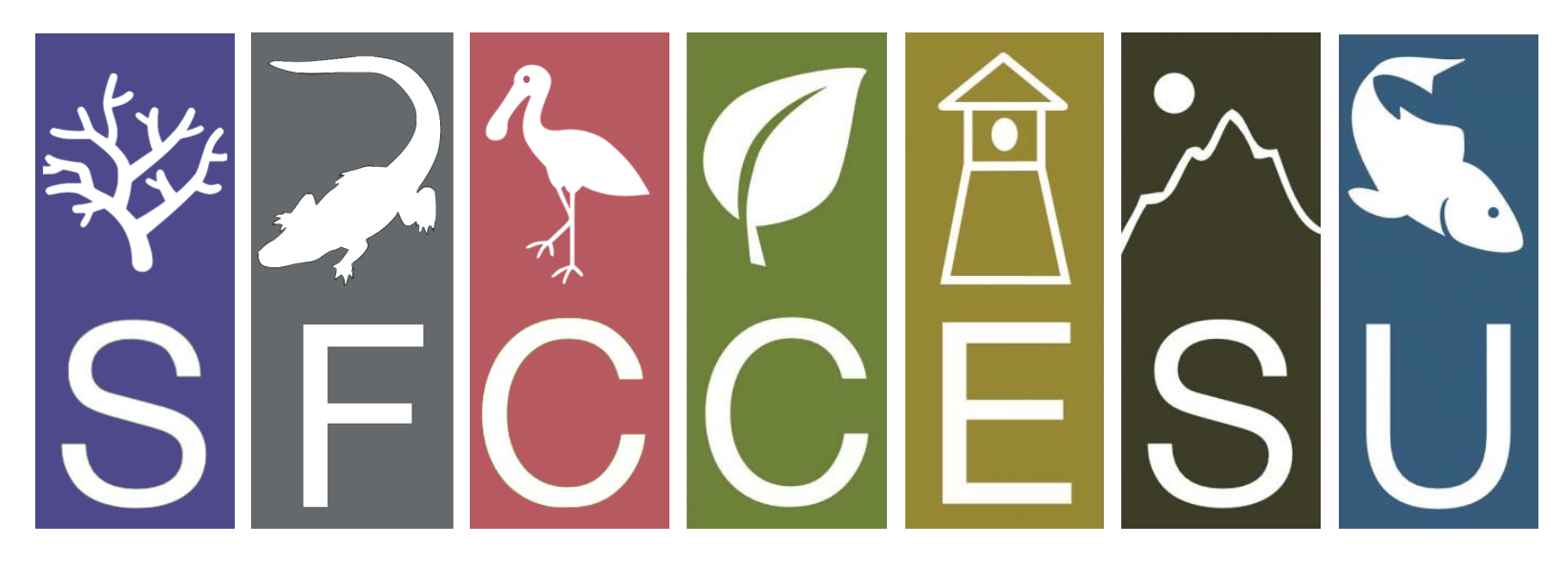General Information
*Funding Opportunity No: W912HZ-17-SOI-0002
Funding Agency: US Army Core of Engineers
Funding Information: Approximately $125,000 is expected to be available to support this project for one (1) year. Additional funding may be available for follow on work in subsequent fiscal years up to four (4) years at $125,000 per year for a total of $625,000 over five (5) years.
Project Initiation: 2017
Opportunity Description
Background: The endangered Cape Sable seaside sparrow occupies mixed marl prairie communities that include muhly grass (Muhlenbergia filipes) for nesting. These short-hydroperiod prairies contain a mosaic of moderately dense, clumped grasses, interspersed with open space that permit ground movements by the sparrows. Vegetation pattern in Cape Sable seaside sparrow habitat is a manifestation of several interacting environmental factors, including hydrology and fire. Both of these factors are intensively managed, the first through structural operations throughout the extensive south Florida canal system, and the second through the activities of crews at Everglades National Park and Big Cypress National Preserve carrying out prescribed fires and suppressing wildfires (or allowing them to burn). Sparrow populations may respond to changes in hydrology or fire regime directly, through their nesting success or failure within the spring breeding season, or indirectly, mediated through vegetation change in their habitat.
Objectives:
1) Objective 1: To establish baseline vegetation data in areas identified by modeling as potential future suitable habitat and assess suitability of these areas as Cape Sable seaside sparrow habitat.
2) Objective 2: To determine trajectory of vegetation change in response to ongoing water management activities and restoration initiatives within current and future endangered Cape Sable seaside sparrow habitat.
Eligibility Information
Vendor must be a non-federal partner of the South Florida-Caribbean or Gulf Coast CESU Unit willing to accept the negotiated CESU indirect cost rate of 17.5%. Successful applicants are expected to have expert knowledge of the Everglades ecosystem and a record that demonstrates research experience with characterizing vegetation structure and composition and analysis of relative changes in vegetation-inferred hydroperiod within the greater Everglades. The candidates will be required to prepare a Statement of Work and Work Plan regarding the research to be conducted. The candidates will also be required to obtain all necessary permits required to conduct the work, to submit four (4) quarterly status reports and one (1) annual report each year of the contract to provide updates on monitoring, data collection and analyses, and assessments regarding vegetation response to changes in hydrology associated with implementation of ERTP.
Application Process
See attachment for application process and further details.
